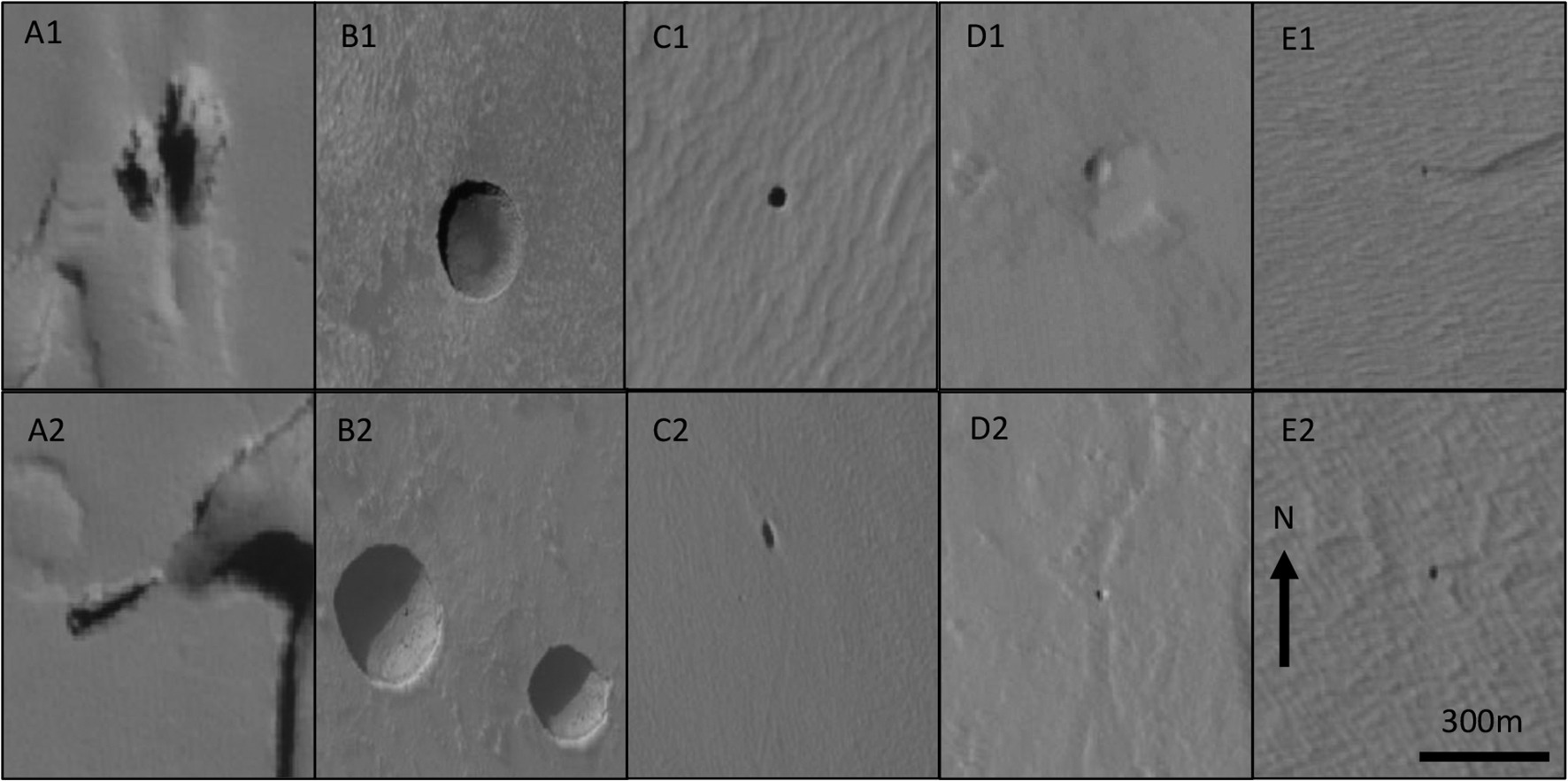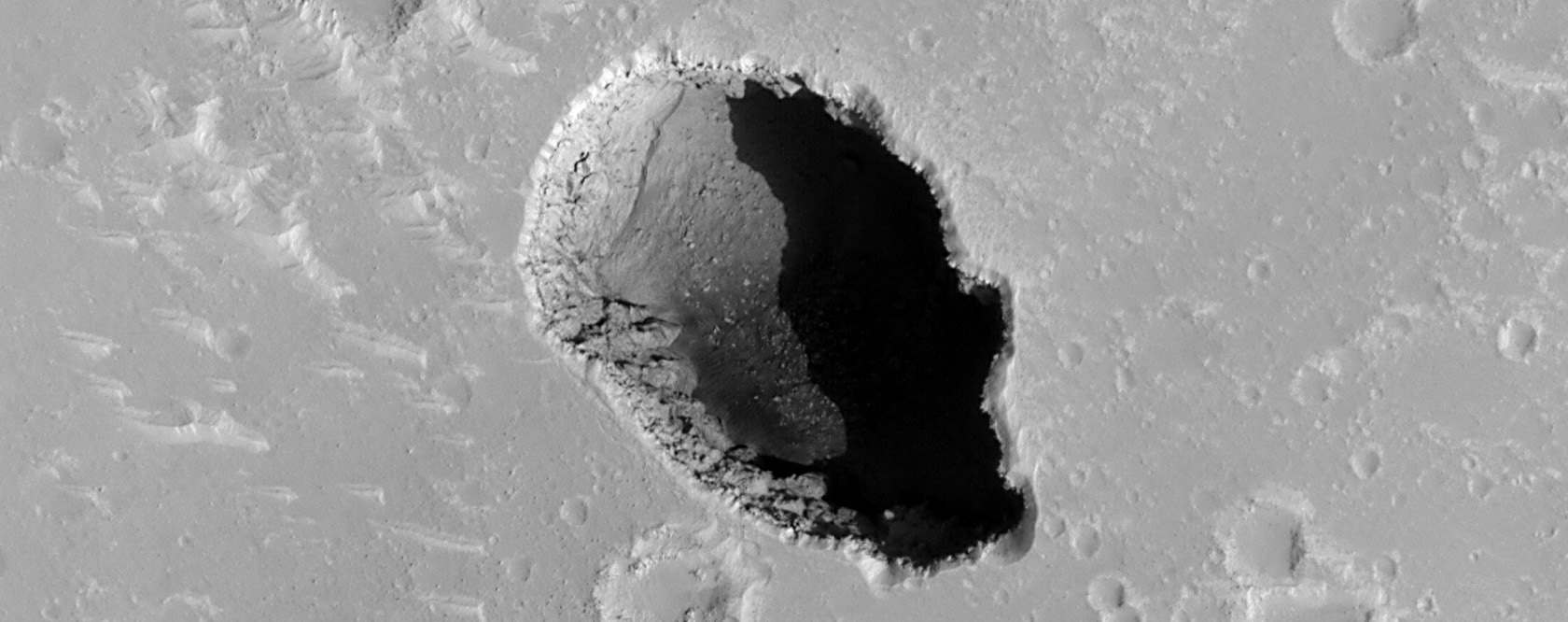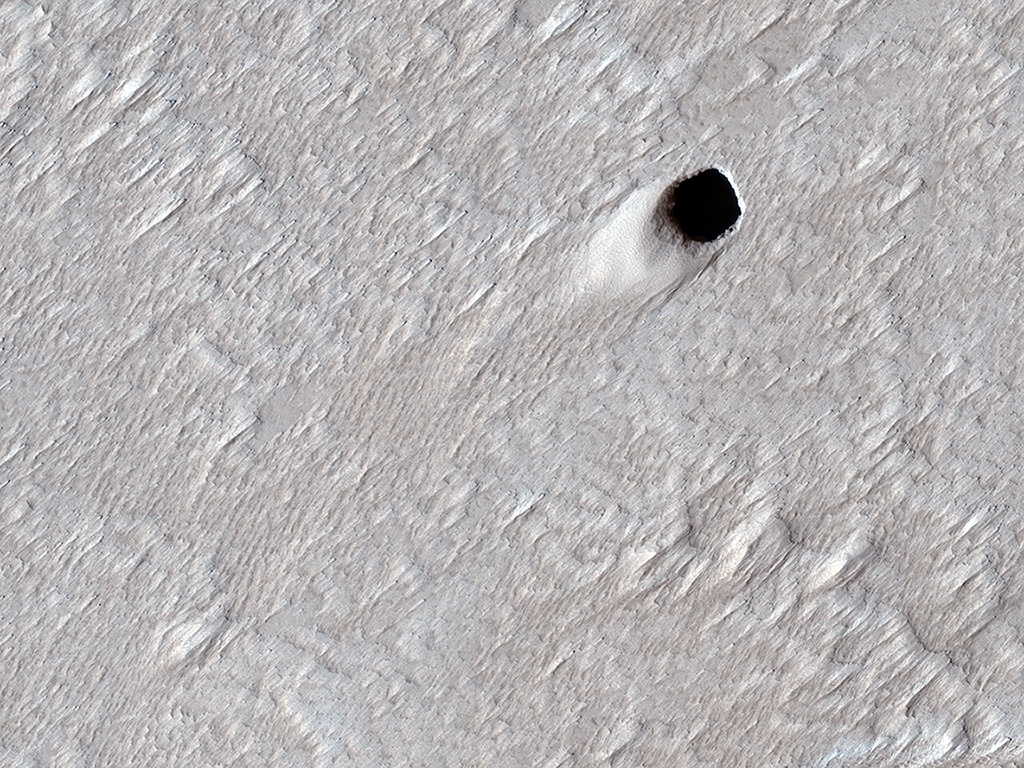The Moon is practically begging to be explored, and the momentum to do so is building. The Artemis Program’s effort to return astronauts to the Moon for the first time since the Apollo missions captures a lot of attention. But there are other efforts underway.
Continue reading “It’s Time to Study Lunar Lava Tubes. Here’s a Mission That Could Help”It’s Time to Study Lunar Lava Tubes. Here’s a Mission That Could Help




